Did you know that the leafy vegetable known as “pechay” in the Philippines has different names in various regions and countries? It is referred to as Chinese cabbage, napa cabbage, nappa cabbage, bok choy, wombok, petsay, or baechu, depending on where you are.
Pechay, scientifically known as Brassica rapa, is a versatile vegetable widely used in East Asian cuisine. Whether you call it pechay, Chinese cabbage, or any of its other names, this vegetable is known for its delectable taste and numerous health benefits.
Let’s delve deeper into the world of pechay and discover its health benefits, nutritional value, culinary uses, cultural significance, and more. Get ready to explore the wonders of this amazing vegetable!
Key Takeaways:
- Pechay is known by different names, such as Chinese cabbage, bok choy, and napa cabbage, depending on the region or country.
- Pechay is a versatile vegetable used in various Asian cuisines.
- It offers numerous health benefits and is packed with essential vitamins, minerals, and dietary fiber.
- Pechay can be cooked in various ways, including stir-frying, boiling, and steaming.
- It holds cultural significance and is enjoyed in many festive celebrations and traditional dishes.
Health Benefits of Pechay
Pechay is not only a delicious vegetable but also a powerhouse of health benefits. Its consumption can contribute to overall well-being and provide essential nutrients for optimal health.
1. Immune System Boost
Pechay is an excellent source of vitamin C, a vital nutrient known for its immune-boosting properties. By enhancing the immune system, vitamin C helps protect the body against common illnesses such as colds and flu.
2. Collagen Production
Vitamin C also plays a crucial role in collagen production, a protein that supports the structure and health of the skin, bones, and connective tissues. Regular consumption of pechay can promote healthy skin and aid in wound healing.
3. Digestive Health
Pechay is rich in dietary fiber, which aids digestion and helps prevent constipation. The fiber content in pechay promotes regular bowel movements and maintains a healthy digestive system.
4. Weight Management
Being low in calories and fat, pechay is an ideal addition to a weight management diet. Its high fiber content provides a feeling of fullness, reducing the likelihood of overeating and helping maintain a healthy weight.
5. Bone Health
Pechay contains essential minerals like calcium, which is crucial for strong bones and teeth. It also provides iron, which supports red blood cell production, and potassium, which aids in proper muscle function.
6. Heart Health
The fiber, potassium, and folate content in pechay contribute to heart health. These nutrients help regulate blood pressure, reduce the risk of heart disease, and promote overall cardiovascular well-being.
7. Eye Health
Pechay contains important antioxidants and nutrients, such as beta-carotene and vitamin C, that support eye health. These nutrients help prevent age-related macular degeneration and promote good vision.
8. Antioxidant Properties
Pechay is rich in antioxidants, which help protect the body against damage caused by harmful free radicals. Antioxidant compounds in pechay have been associated with reducing the risk of chronic diseases, such as cancer and heart disease.
9. Diabetes Management
With its low-calorie and low sugar content, pechay can be part of a healthy diet for managing diabetes. Its high fiber content assists in regulating blood sugar levels and maintaining a stable insulin response.
Enjoy the numerous health benefits of pechay by incorporating this nutritious vegetable into your regular diet. Whether steamed, stir-fried, or added to soups, pechay can enhance the taste and nutrition of various dishes.
Nutritional Value of Pechay
Pechay, also known as Chinese cabbage, is not only delicious but also highly nutritious. Let’s take a closer look at the valuable nutrients it offers:
| Nutrient | Amount per 100g |
|---|---|
| Calories | 16 |
| Carbohydrates | 3.2g |
| Protein | 1.2g |
| Fat | 0.2g |
| Vitamin C | 33% of recommended daily intake |
Pechay is a low-calorie vegetable, making it a great addition to a balanced diet. It is rich in essential nutrients like vitamin C, which boosts the immune system and supports collagen production. Additionally, pechay contains important minerals such as calcium, iron, and magnesium, which are vital for maintaining overall health.
By incorporating pechay into your meals, you can enjoy a range of essential vitamins and minerals that contribute to your well-being.
Culinary Uses of Pechay
Pechay, also known as Chinese cabbage, is an incredibly versatile vegetable that can be incorporated into various culinary creations. Whether enjoyed raw or cooked, pechay adds a delightful crunch and mild flavor to dishes.
Stir-Fried, Boiled, Sautéed, or Steamed:
The tender leaves of pechay can be stir-fried, boiled, sautéed, or steamed to retain their nutritional value and unique texture. These cooking methods allow the leaves to maintain their vibrant green color and add a delicious twist to stir-fries, soups, and other dishes.
Perfect Pairings:
Pechay pairs exceptionally well with other ingredients like tofu, mushrooms, and zucchini. The combination of pechay’s freshness and these complementary flavors creates a harmonious balance of taste and texture in a variety of recipes.
Salads and Soups:
Incorporate pechay into your salads for a crisp bite and refreshing flavor. You can also add it to soups, enhancing their nutritional profile while imparting a subtle vegetable note.
Asian Delights:
Pechay is a staple ingredient in Asian cuisine, particularly in stir-fried dishes. Its versatility shines in traditional recipes like kimchi, where pechay leaves are carefully fermented and transform into a complex and tangy delight.
Pechay Recipes to Explore:
There are numerous pechay recipes available that can inspire your culinary adventures. From simple stir-fries to comforting soups and innovative salads, these recipes showcase the versatility and deliciousness of pechay. Try your hand at exciting dishes like Pechay and Tofu Stir-Fry, Pechay Soup with Mushrooms, or Pechay Salad with Sesame Dressing.
Experiment with flavors, embrace pechay’s adaptability, and let your creativity shine in the kitchen. Whether you’re a seasoned cook or a beginner, pechay’s culinary possibilities are endless.
The Cultural Significance and Symbolism of Pechay
Pechay, also known as Chinese cabbage, holds significant cultural meaning in various Asian countries. Its symbolism is deeply rooted in traditional customs and culinary practices.
In China, pechay is considered a symbol of prosperity and abundance. It is often used in dishes during festive celebrations to bring good luck and fortune. The vibrant green leaves of pechay represent growth and vitality, making it a cherished ingredient in Chinese cuisine.
In Korea, pechay plays a vital role in the creation of kimchi, a traditional fermented cabbage dish. Kimchi is an integral part of Korean culture, symbolizing preservation, unity, and the passage of time. Pechay adds a unique flavor and texture to kimchi, enhancing its overall taste and nutritional value.
In Chinese culture, pechay is not only appreciated for its culinary uses but also holds symbolic value. It is often depicted in glass and porcelain figures, representing abundance, prosperity, and fertility. These figurines are believed to bring luck and positive energy to the household.
The cultural significance of pechay extends beyond its practical uses. It embodies the values and traditions of Asian societies and serves as a reminder of the importance of nourishment, community, and the connection between food and cultural identity.
The Origin and Spread of Pechay
Pechay cultivation traces its roots back to ancient times in China, specifically the Yangtze River region. Over the centuries, this versatile vegetable gradually made its way to other Asian countries such as Korea and Japan. However, it was the Chinese diaspora in the 19th century that played a significant role in introducing pechay to new parts of the world.
In the United States, pechay has gained popularity among communities with a significant Asian population. Asian markets and grocery stores across the country now offer a wide variety of pechay, making it easily accessible to those interested in incorporating this nutritious vegetable into their meals.
This image showcases the vibrant pechay leaves, enticing individuals to explore the culinary possibilities and health benefits of this vegetable in the United States.
Cultivation and Growing Conditions for Pechay
Growing pechay, a cool-season annual vegetable, requires specific conditions to ensure optimal growth and yield. By understanding the cultivation process and providing suitable growing conditions, you can enjoy a plentiful harvest of this versatile and nutritious vegetable.
Firstly, pechay thrives in areas with short days and mild temperatures. It prefers a moderately heavy, well-drained soil with a pH range of 6.0 to 6.2. These conditions provide the ideal environment for the development of healthy pechay plants.
Regular watering is essential, particularly during the head-forming stage. A consistent supply of water helps the plants establish strong roots and ensures continual growth. It is essential to avoid waterlogging, which can lead to root rot and other plant diseases.
Growing pechay from seeds:
- Start by sowing pechay seeds in a greenhouse or seed trays. The seeds should be planted at a depth of approximately 1/4 inch.
- Ensure proper spacing between the seeds to allow for adequate airflow and minimize the risk of overcrowding.
- Provide sufficient light and warmth to facilitate the germination process.
- After the seedlings have reached a suitable size, they can be transplanted into the field.
To promote healthy growth and robust plants, fertilization is crucial. Applying a balanced fertilizer containing essential nutrients like nitrogen, phosphorus, and potassium is recommended. These nutrients play a vital role in the development of strong stems, lush foliage, and increased yield.
Pechay cultivation is primarily conducted in Asia due to its popularity in the region. However, with the right climate and soil conditions, it can be grown in various regions with similar requirements. By tailoring the growing conditions to meet the needs of pechay, you can cultivate this nutritious vegetable and enjoy its many culinary benefits.
Tips for Successful Pechay Cultivation:
- Choose a suitable growing location with short days and mild temperatures.
- Ensure well-drained, medium-heavy soil with a pH range of 6.0 to 6.2.
- Provide regular watering, especially during the head-forming stage.
- Start pechay from seeds in a greenhouse or seed trays before transplanting into the field.
- Fertilize with a balanced fertilizer containing nitrogen, phosphorus, and potassium to support healthy growth.
- Monitor the plants for pests and diseases and take appropriate measures to prevent and treat them.
Following these cultivation tips will help you successfully grow pechay and enjoy its fresh, nutritious, and delicious harvest.
Popular Varieties of Pechay
Pechay comes in a variety of forms, each offering its own distinct characteristics. These different varieties add depth and versatility to your culinary endeavors. Let’s explore some of the most popular pechay varieties:
Napa Cabbage (Pekinensis Group)
The Napa cabbage variety of pechay is known for its broad green leaves and compact head. Its crisp texture and mild flavor make it a favorite ingredient in stir-fries, soups, and salads.
Bok Choy (Chinensis Group)
Bok choy is another beloved variety of pechay with smooth, dark green leaves that cluster together. Its taste ranges from slightly sweet to mildly bitter, adding complexity to dishes such as stir-fries, steamed meals, and Asian-inspired soups.
Wombok
Wombok, also referred to as the Australian term for Napa cabbage, is gaining popularity worldwide. Its tender leaves and delicate flavor make it a perfect addition to stir-fries, spring rolls, and refreshing salads.
These pechay varieties vary not only in appearance but also in taste and texture. The Napa cabbage adds a satisfying crunch, while bok choy brings a delightful combination of crispness and tenderness. Wombok offers a delicate texture that pairs well with a range of flavors. Whether you prefer a bold or milder taste, there’s a pechay variety to suit your culinary preferences.
Tips for Selecting and Storing Pechay
When it comes to selecting the freshest pechay, there are a few key factors to keep in mind. Look for vibrant leaves that are free from any signs of wilting or discoloration. The leaves should feel crisp and firm to the touch, indicating their freshness and quality.
To maximize the shelf life and maintain the freshness of your pechay, proper storage is essential. Follow these simple steps:
- Wrap it: Begin by wrapping the pechay in a damp paper towel. This helps to create a humid environment, preventing the leaves from drying out.
- Place it: Next, place the wrapped pechay in a plastic bag or container. This provides an airtight seal, keeping moisture in and reducing the chances of wilting.
- Refrigerate it: Store the pechay in the refrigerator, preferably in the crisper drawer. The cool temperature helps to slow down the rate of deterioration and preserve the freshness.
It is important to note that pechay is best used within a few days of purchase for optimal flavor and nutritional value. Regularly check the stored pechay for any signs of spoilage, and discard any leaves that appear wilted or have developed a slimy texture.
By following these simple tips, you can ensure that your pechay stays fresh and delicious for as long as possible, allowing you to enjoy its vibrant flavor and nutrient-packed goodness.
“Proper storage is key to prolonging the freshness of pechay and maximizing its flavor and nutritional quality.”
Now that you know how to select and store pechay, let’s explore the various delicious ways you can incorporate this versatile vegetable into your culinary repertoire.
Conclusion
Pechay, also known as Chinese cabbage, is a versatile vegetable that offers a multitude of health benefits and culinary possibilities. Whether you prefer it stir-fried, steamed, or added to soups and salads, pechay adds a satisfying crunch and a mild, pleasant flavor to any dish. Its nutritional profile is impressive, as it is packed with essential vitamins and minerals while being low in calories.
Originally cultivated in China, pechay has made its way to the United States, where it has become increasingly popular among Asian communities and health-conscious individuals. With its cultural significance and rich history, pechay serves as a bridge between diverse cuisines and traditions.
By embracing pechay, you can enjoy its unique taste, explore its various culinary applications, and benefit from its nutritional value. Whether you’re a seasoned cook or a beginner in the kitchen, pechay’s versatility opens up a world of creative possibilities. Try incorporating it into your favorite recipes or experiment with new dishes to discover its true potential.
As more people in the United States seek nutritious and diverse vegetables, pechay stands out as an excellent choice. So, seize the opportunity to experience this remarkable vegetable firsthand, and let pechay enhance your meals with its crunch, flavor, and health benefits.

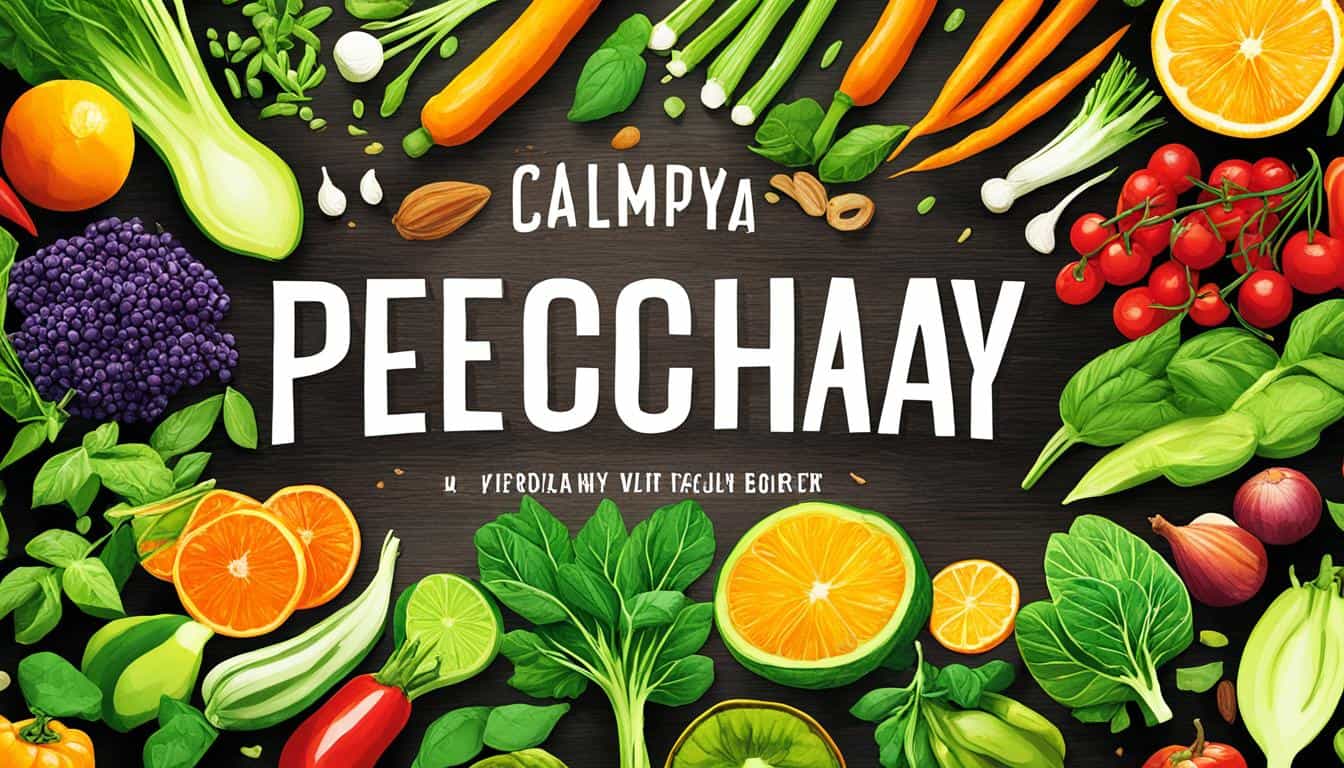
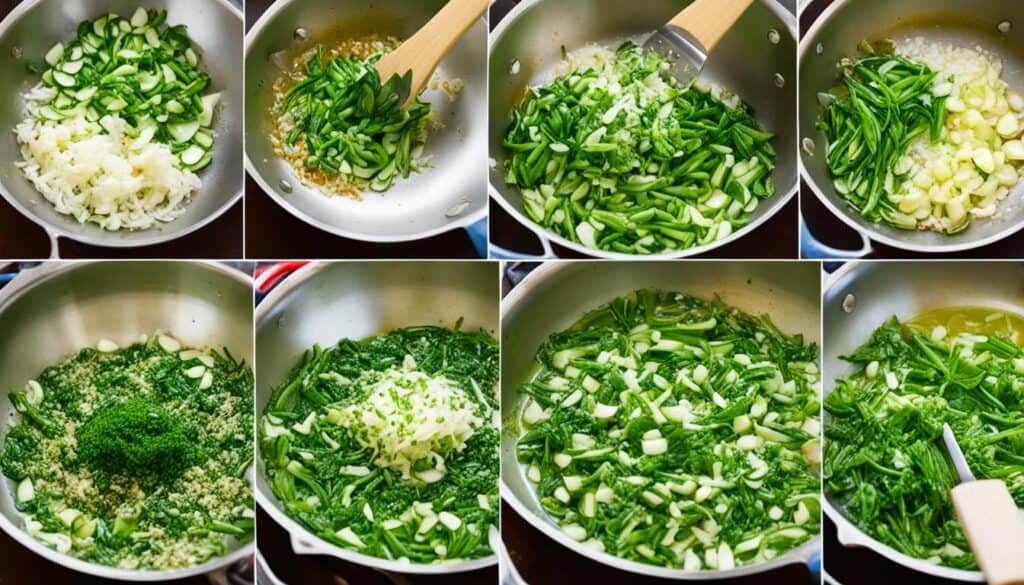
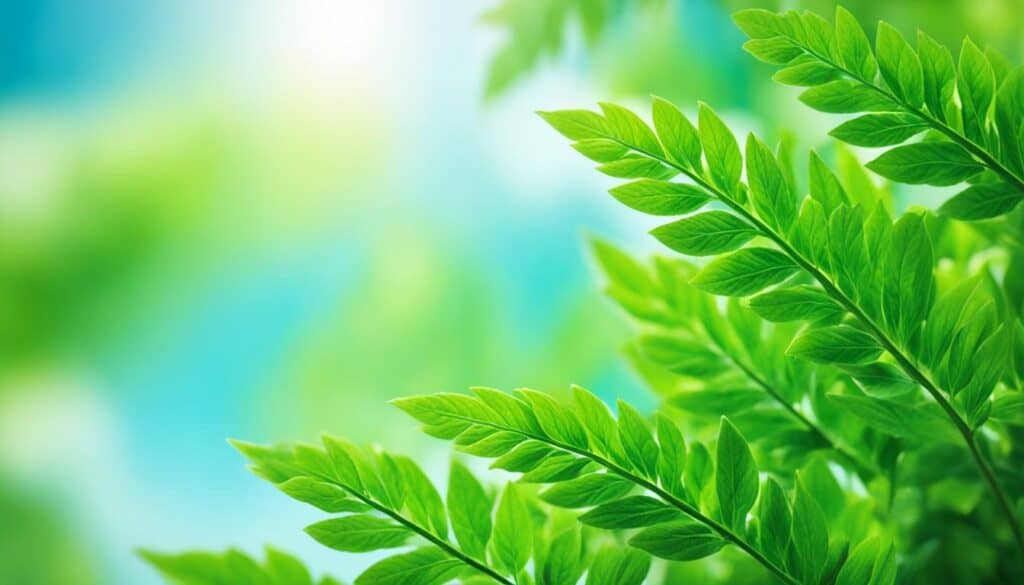
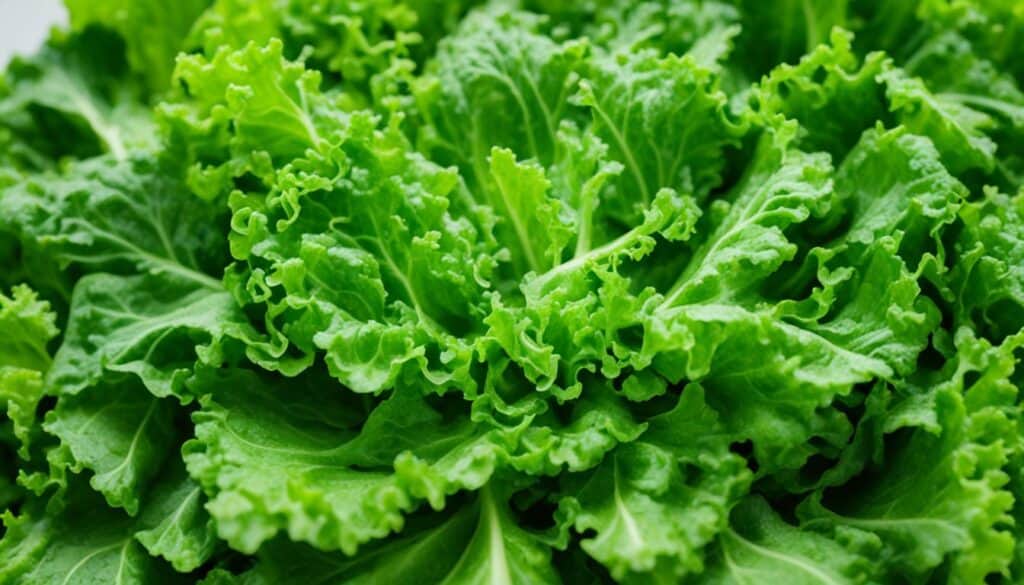
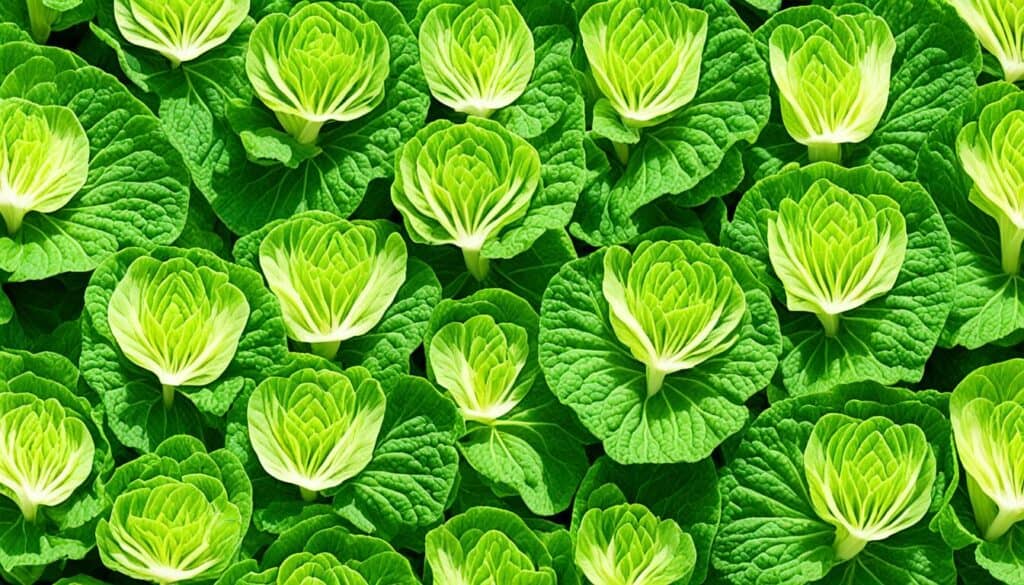
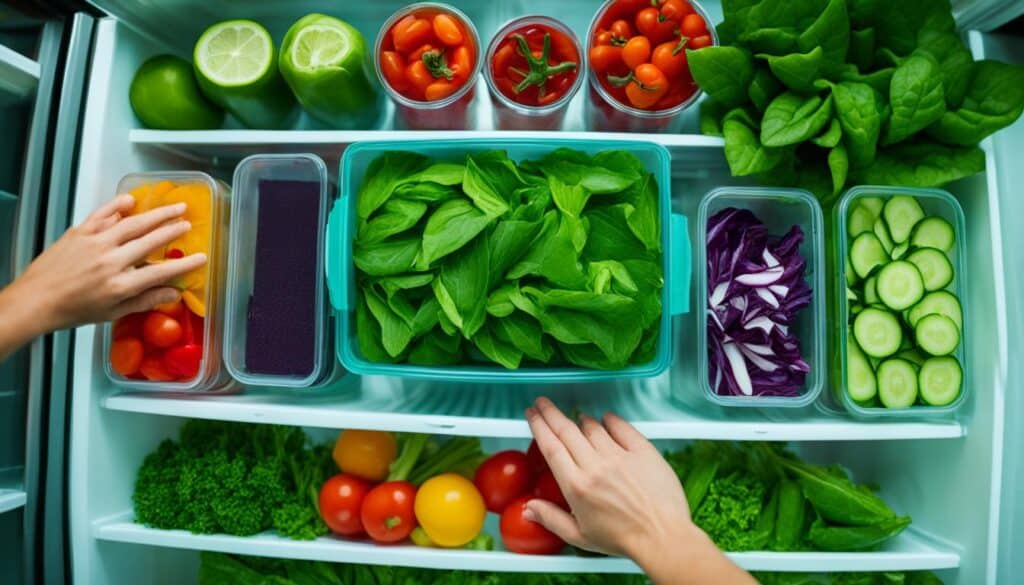

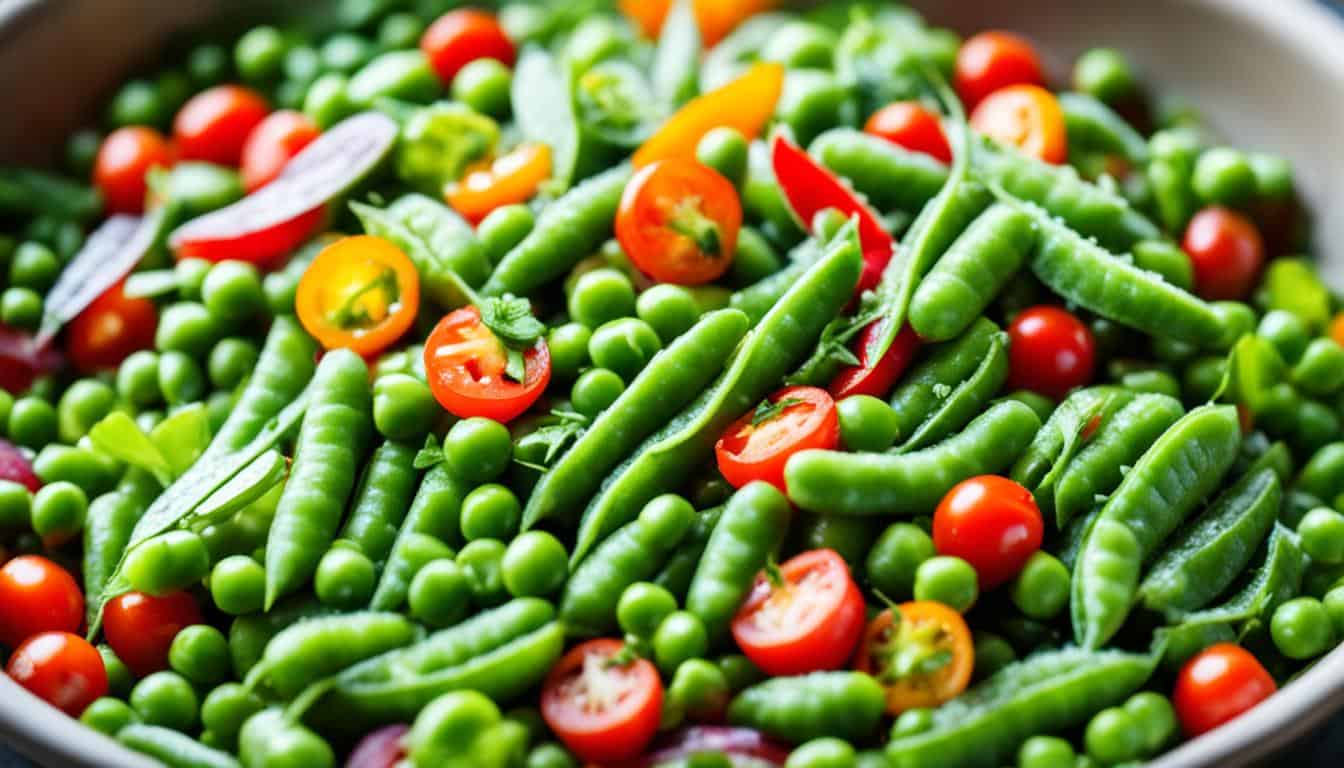
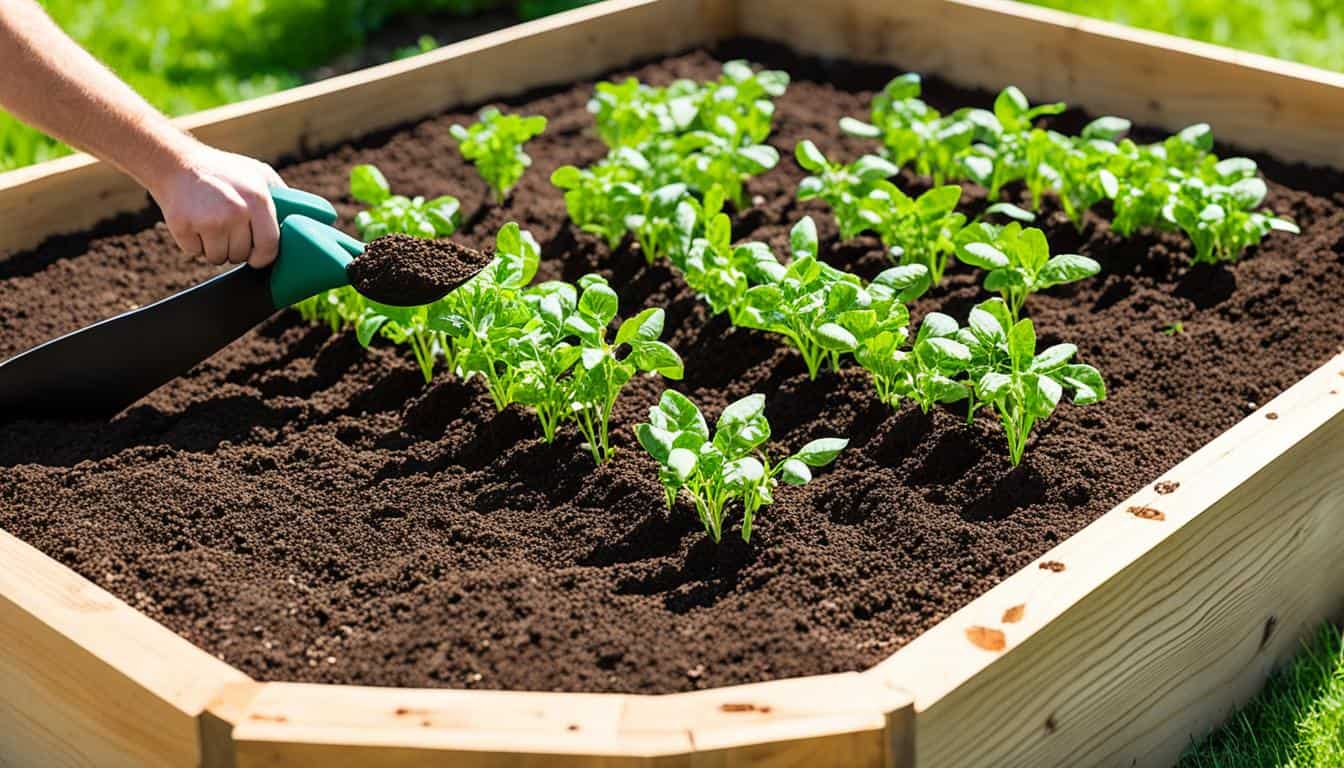
Leave a Reply